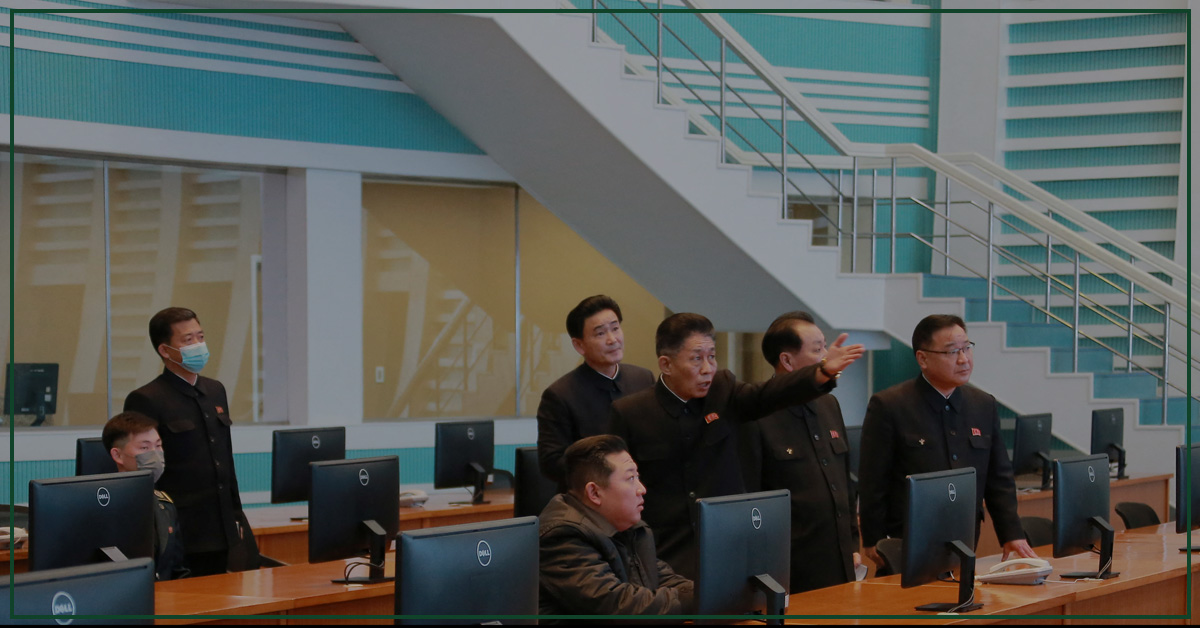North Korea will send off various surveillance satellites before long to give real-time data on military activities by the United States and its partners, state media on Thursday announced leader Kim Jong Un as saying.
While reviewing North Korea’s National Aerospace Development Administration, Kim said: “a great deal” of military surveillance satellites would be placed into sun-simultaneous polar orbit in the time of a five-year plan declared last year, the news organization reported.
“He noted that the purpose of developing and operating the military reconnaissance satellite is to provide the armed forces of the DPRK with real-time information on military actions against it by the aggression troops of the U.S. imperialism and its vassal forces in South Korea, Japan, and the Pacific,” the news organization said.
North Korea seems, by all accounts, to be planning to send off a surveillance satellite, which could demonstrate as dubious as the atomic outfitted country’s weapons tests since they utilize similar restricted ballistic rocket innovation, specialists say.
North Korea says it directed two trials of satellite frameworks on Feb. 27 and March 5. Experts in South Korea, Japan, and the United States say the tests included dispatches of ballistic rockets.
The launches drew global judgment and the U.S. military said on Thursday it had expanded observation and surveillance assortment in the Yellow Sea.
The United States likewise said it had elevated its ballistic rocket safeguard preparation after a “critical increment” in North Korean rocket tests.

Kim defended the satellite work as about social event data as well as safeguarding North Korea’s sway and public interests, practising its genuine privileges to self-protection, and raising public glory, sources announced.
“He stressed that this urgent project for perfecting the country’s war preparedness capacity by improving our state’s war deterrent is the supreme revolutionary task, a political and military priority task to which our Party and government attach the most importance,” sources said.
The United States and its partners have denounced past North Korean space dispatches as an infringement of U.N. Security Council resolutions that have forced sanctions on North Korea over its nuclear and missile programs.
North Korea has not tested an atomic weapon or its long-range intercontinental ballistic rockets (ICBMs) starting around 2017, however has been recommended it could resume such tests since chats with the United States are slowed down.
Its most recent whirlwind of rocket dispatches could be preparation for a re-visitation of ICBM and nuclear bomb tests this year, the U.S. Directorate of National Intelligence said in its yearly Worldwide Threat Assessment delivered for this present week.
A satellite sent off into space would be the first beginning around 2016.
Ongoing suborbital send-offs, which doubtlessly utilized street versatile medium-range ballistic rockets, seemed intended to “pop the vital parts of a symbolism surveillance satellite up to functional heights for a couple of moments of testing,” 38 north, a US-based monitoring group, said in a report.
Such parts, including satellite adjustment, the imaging payload, and information transmission might have fizzled in past tests and along these lines required extra testing, the gathering said.
“It remains to be seen how capable any North Korean imagery satellite would be, the frequency of launches, or how many such satellites might be maintained in orbit at any one time — all key indicators of the actual military significance of such satellites,” 38 north said.
Notwithstanding, North Korea obviously sees this capacity as having promulgation esteem and displaying its mechanical ability and successful initiative, it added.





